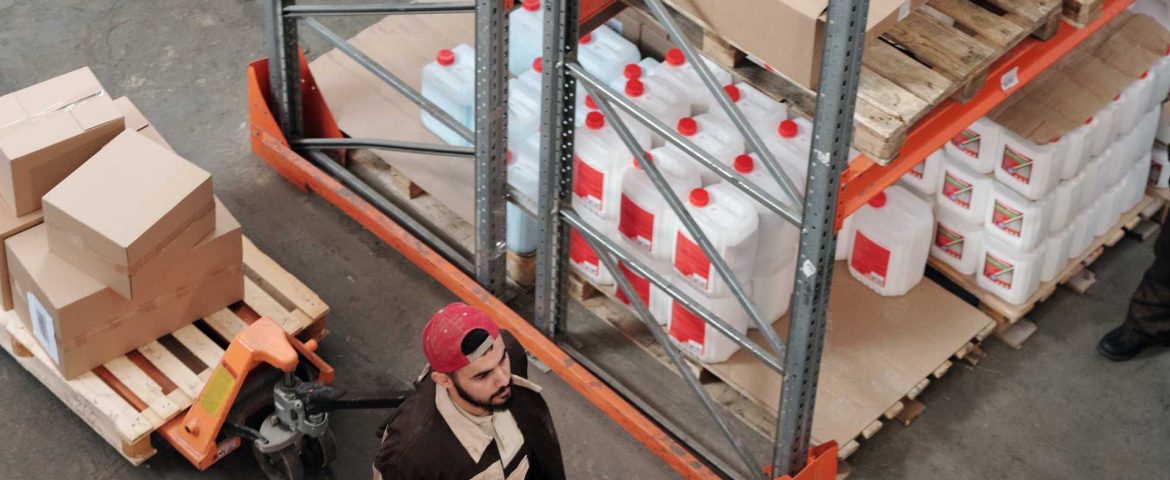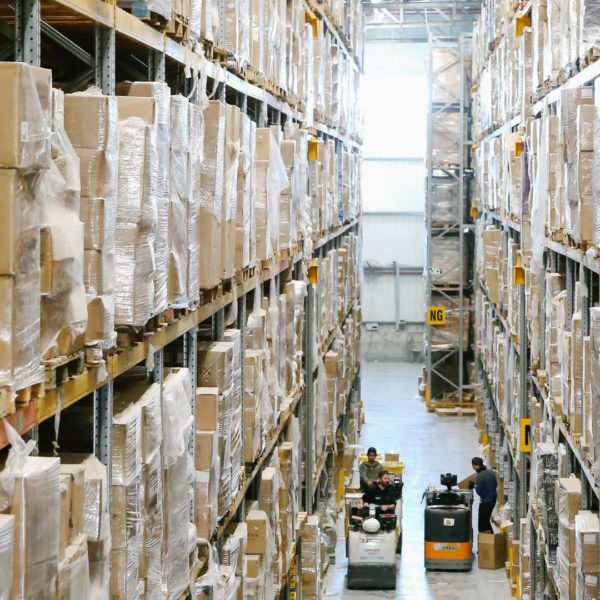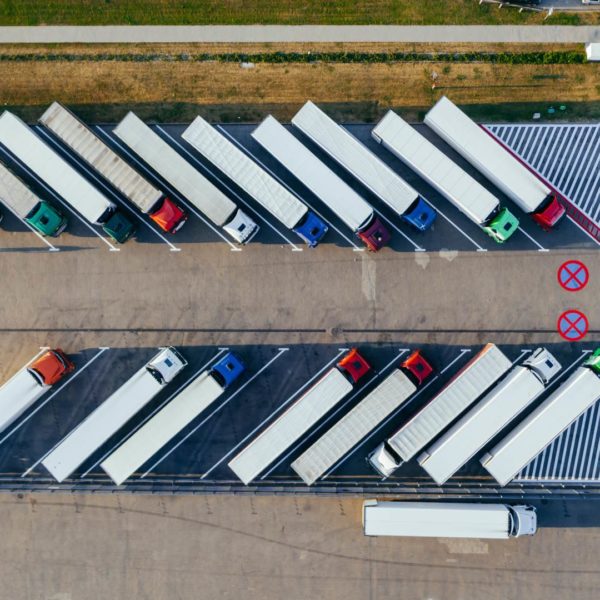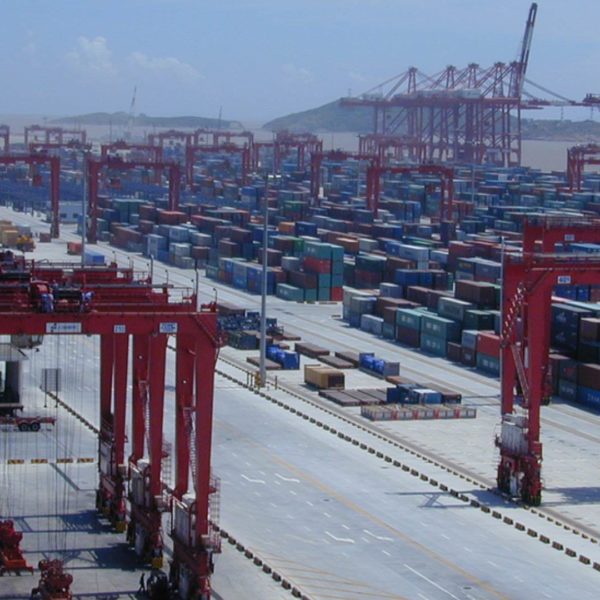E-commerce sales rose around 250 billion dollars in 2020, as US consumers preferred to buy from e-commerce . During the holiday rush of 2020, e-commerce sales increased around 37% percent with total retail sales rising around 7%. The US census bureau announced total consumer spending online was up 44% for the full year 2020 over 2019 numbers, which is an astounding increase.
The ongoing covid pandemic largely drives numbers with reductions in-store purchases, and nearly every retailer, including many small businesses developing e-commerce sales options for the first time in order to maintain sales and revenue numbers through the pandemic.
Ecommerce Predictions 2021
With the massive rise in E-commerce, the fulfillment of orders became increasingly expensive as parcel carriers experienced capacity shortages and pricing rose. The scramble for fulfillment capacity has led many long-standing logistics firms to pursue opportunities in final mile services, including traditional LTL, white-glove services, and appliance deliveries. Examples include the scramble to increase LTL capacity, parcel capacity, and distribution/warehousing space. The final mile is often associated with bearing an overwhelming percentage of total fulfillment costs.
As expected, returns also rose with the increase in e-commerce. While most businesses clearly think through their strategy for e-commerce fulfillment, most don’t put huge amounts of thought into reverse logistics.
Going into 2021, e-commerce is expected to grow another 15-20% YoY, which will maintain pressure on all the players with the e-commerce fulfillment space to expand capacity and meet customer demand. Ecommerce return rates are typically between 10-20%.
Here are a few tips when planning your reverse logistics procedures in 2021:
Reverse Logistics Procedures
Expect more e-commerce driven businesses to think not only more deeply about their fulfillment plans, but also to give more thought to how returns will be handled.
Just like with traditional supply chain planning, procedures should be developed to address reverse logistics needs with an emphasis on controlling costs while retaining strong customer service. A strong cross-functional plan for reverse logistics is even more important than forward logistics since it so intrinsically involves customer service, logistics and your payment processing team.
Supply chain diversity is important on the reverse logistics front as well, since not every type of return should be handled in the same way. Look to build out a network of logistics partners to help with your reverse logistics needs. Consider working with multiple traditional parcel carriers for the bulk of small item return needs, but also looking at more LTL focused providers for larger items.
Return Policies
Keeping your customers happy is a top priority, or at least should be, for nearly any e-commerce business, as repeat customers will often make up around 80% of total sales volumes. The Amazon effects on returns and reverse logistics has been a major factor, since Amazon’s easy and no questions asked return policies now make easy returns a near necessity for even small e-commerce items. With the rapid rise of e-commerce sales, it’s become increasingly easier for customers to switch to competitors following a bad experience.
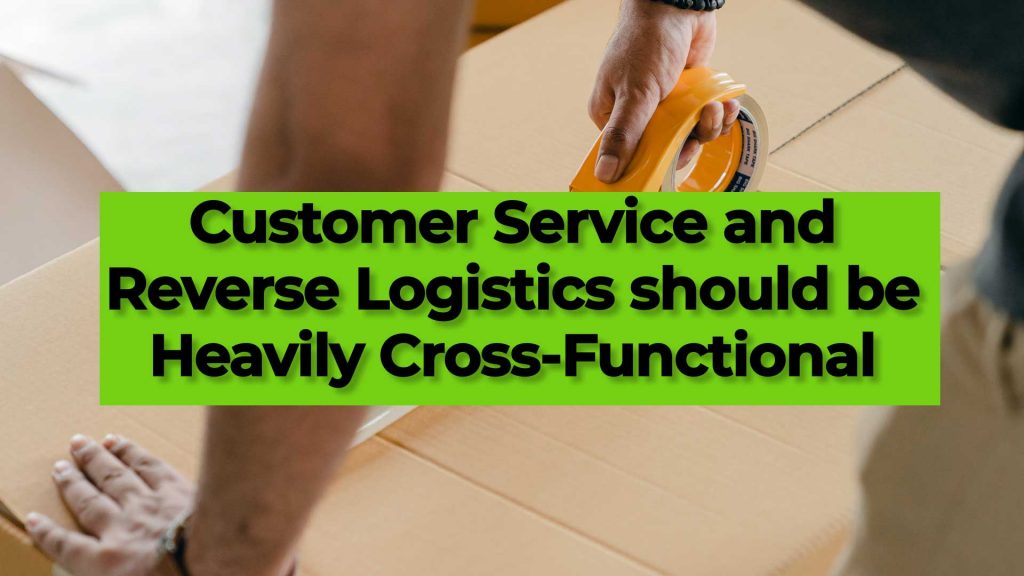
It’s important to make your return policy very clear to customers before they ever order. Particularly for items like clothing and shoes, consumers expect a robust return policy. The easiest way to do this is to include the return policy on emails for order confirmations in addition to any e-commerce web portal and of course clearly posted on your website. Customers also expect the actual return process on their end to be easy. It’s hard to beat the Amazon approach of simply printing a shipping label, strongly consider working with your parcel carriers to let consumers easily print a shipping label for any needed returns.
Data Analytics and Automation
Keep track of return rates on a per-item basis, this can provide guidance over time as to the amount of returns to expect. Also, if certain items are being returned more often than others, it could be signifying a quality or packaging issue. Proactively addressing any quality issues will be the cheapest long term option to reduce return costs, as returns will simply go down.
The financial cost of returns should always be included in financial planning, and driving down return costs can have a larger impact on your bottom line than you might think.
Inventory management systems that can easily generate necessary data, visibility and forward looking demand planning projects are an integral part to any efficient e-commerce firm’s internal planning and supply chain department. Reduced reliance on paper based inventory reporting, automated inventory, and shipment updates all go a long way to reducing error rates and making your team more efficient.
Work with Fulfillment Partners
Share reverse logistics projections with your current logistics partners. Proper projects will give you the financial forecasting needed to stay profitable, while also letting your supply chain partners match their capacity to demand.
Many firms are now starting to offer reverse logistics services as the industry sees the increased demand in this supply chain niche. For firms that ship larger products like home décor, furniture, beds, appliances and even pool tables, consider working with asset based and non asset based 3pls that specialize in both reverse logistics and LTL freight. Often diversifying your reverse logistics volume amongst several more specialized providers will create a more resilient and more cost-effective long term solution. Consider also working with more regional final mile, white glove, and LTL firms. Often they will provide better service at a better rate than the national carriers.
Don’t forget that many times, the product is not only going from the end consumer back to one of your fulfillment centers, but also from your center back to a supplier. For example, if several appliances are mechanically faulty, your supplier could take them as returns. This increases reverse logistics costs and complexity but is an often overlooked step.
An important consideration of fulfillment and reverse logistics partner selection is the location of warehousing, consolidation and fulfillment centers. Many firms will be more effective and cost-efficient in providing services in certain regions.
Technology integration is another consideration for selecting logistics partners, make sure your reverse logistics and return partners are digitally enabled and can connect with your existing IT systems including any visibility platforms and warehouse management systems.
Just like supply chain planning, reverse logistics and return planning is different for each company. Since the items sold, fulfillment model, delivery method and internal processes differ significantly between companies, there is no one fits all method to ensure your reverse logistics processes are efficient. Going forward, eCommerce will continue to grow and with it so will reverse logistics. The companies that accurately plan for and manage reverse logistics procedures and costs will have better customer service, be leaner financially and more poised to take advantage of growth opportunities going forward.
Zmodal is a top intermodal shipping company providing door to door intermodal, and full truckload services nationwide throughout our digital supply chain dashboard which provides easy route searching, booking, document management, and analytics.
